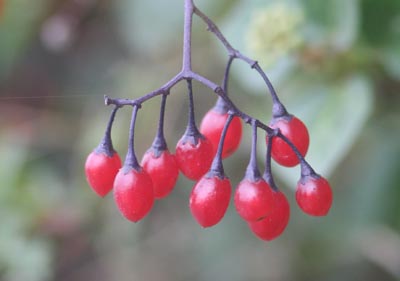Dull but dry.
A new miner for me: Agromyza alnivora, on Alder. The distribution is shown as 'Southern England and Inverness' (it's known to be scarce, but this distribution tells me it's been missed along that route). Now it includes Ireland.
At first the mine reminded me of a Stigmella (micromoth), but close examination revealed two lines of dung (frass).

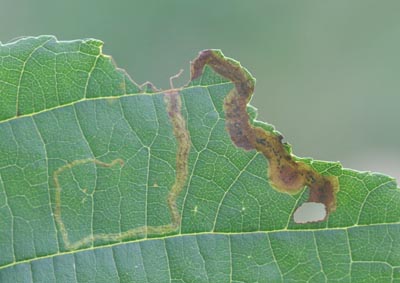
A close-up of the mine shows that the frass is distributed in two rows - a sure sign of a dipterous miner.

Many dipterous miners have their 'teeth' arranged in a vertical row, so they need to lie on their side in order to cut a horizontal path in the mine. If they turn over after each 'slice' then their rear end points towards a different side each time. This results in two trails of discontinuous frass.
This one was a bit more of a mystery. It's clearly a Phyllonorycter of some kind (their mines have a characteristic chequerboard effect), but it didn't match any of the Alder mines I could find. Turns out it's a young version of Phyllonorycter kleemanella.
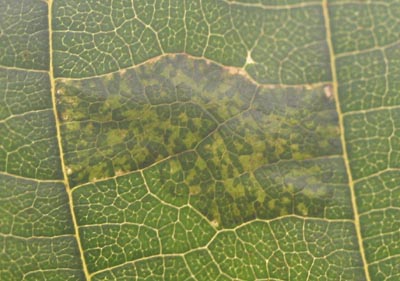

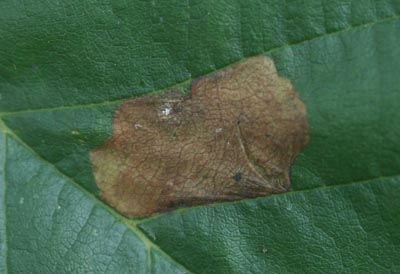
I've shown the mine of the Sawfly Fenusa dohrnii several times before: it's very common.
The capsules of some mosses are beginning to appear, so I'll catch them as I see them. This is Barbula unguiculata.
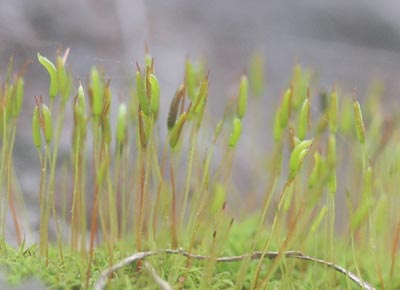
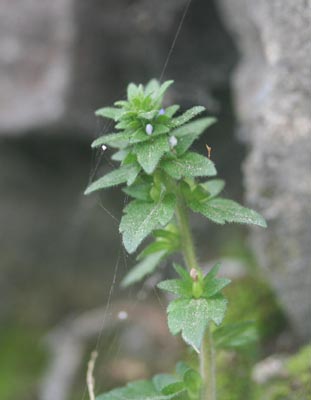
Wall Speedwell - Veronica arvensis. Growing on a wall.
I always think the purple stems on Woody Nightshade look somewhat sinister and threatening.
